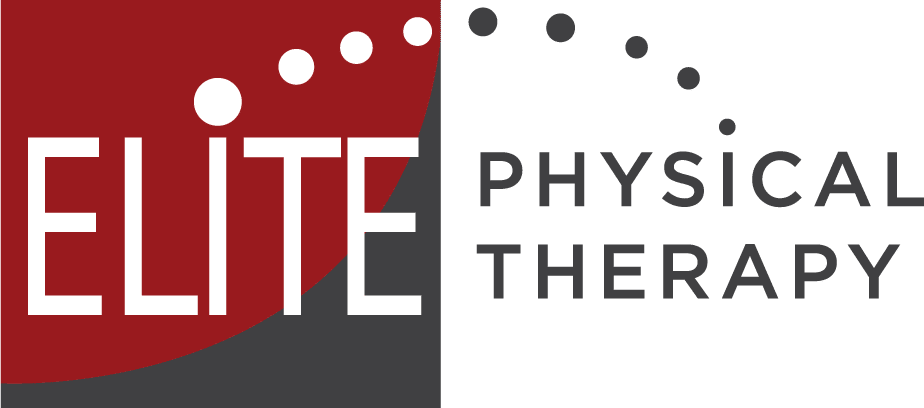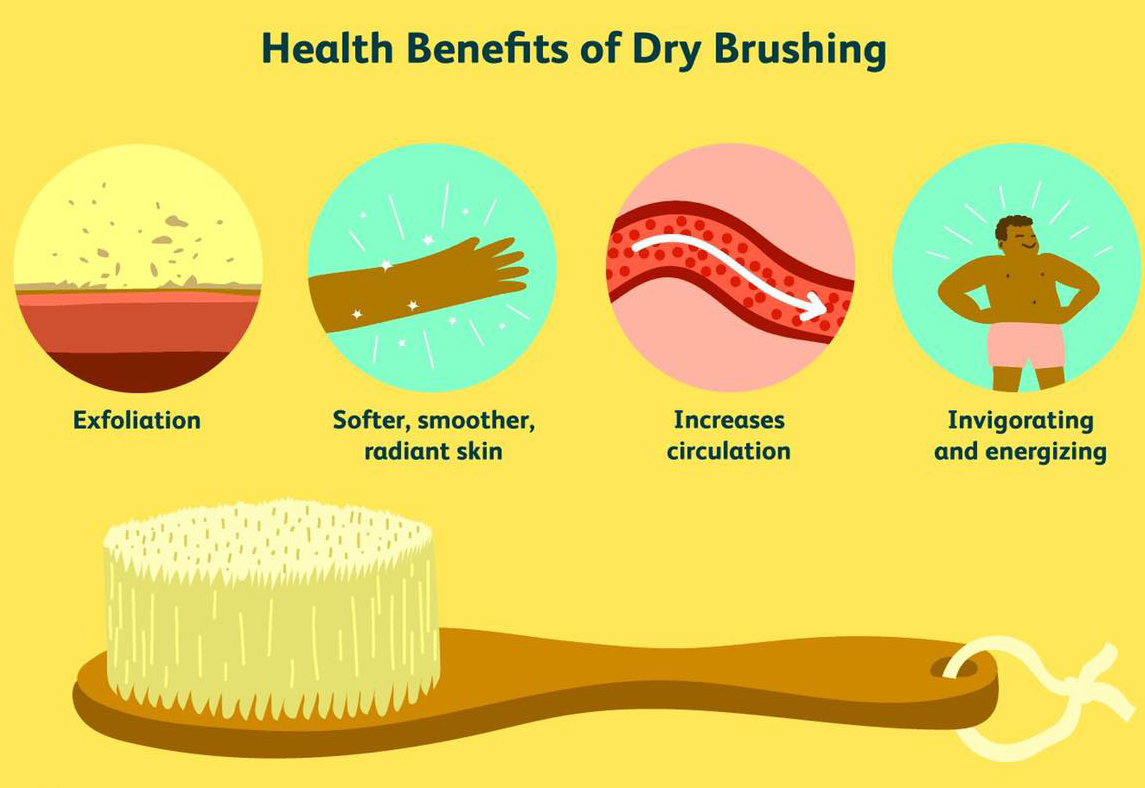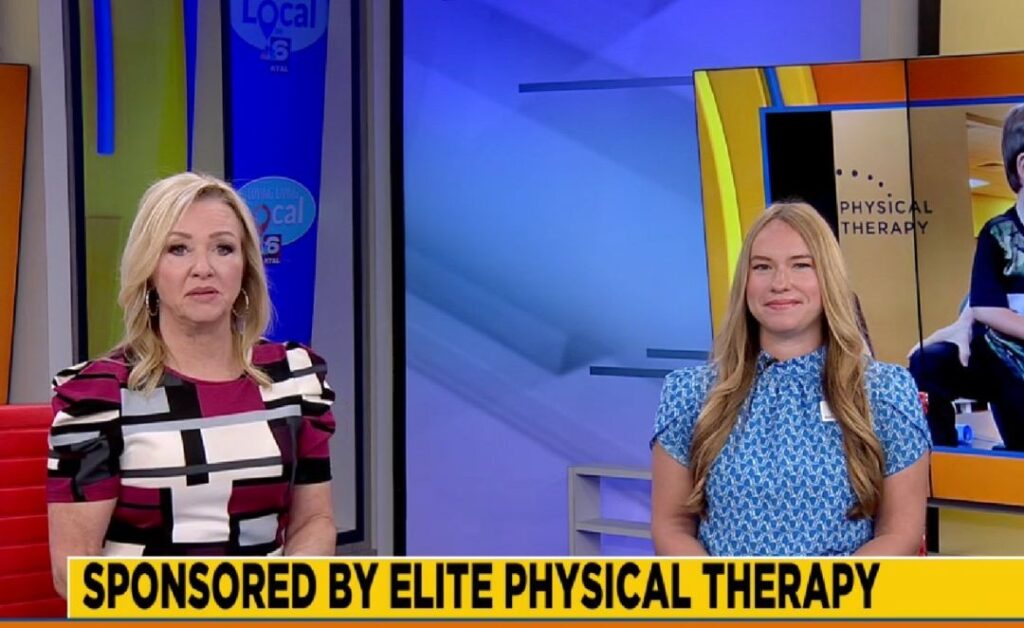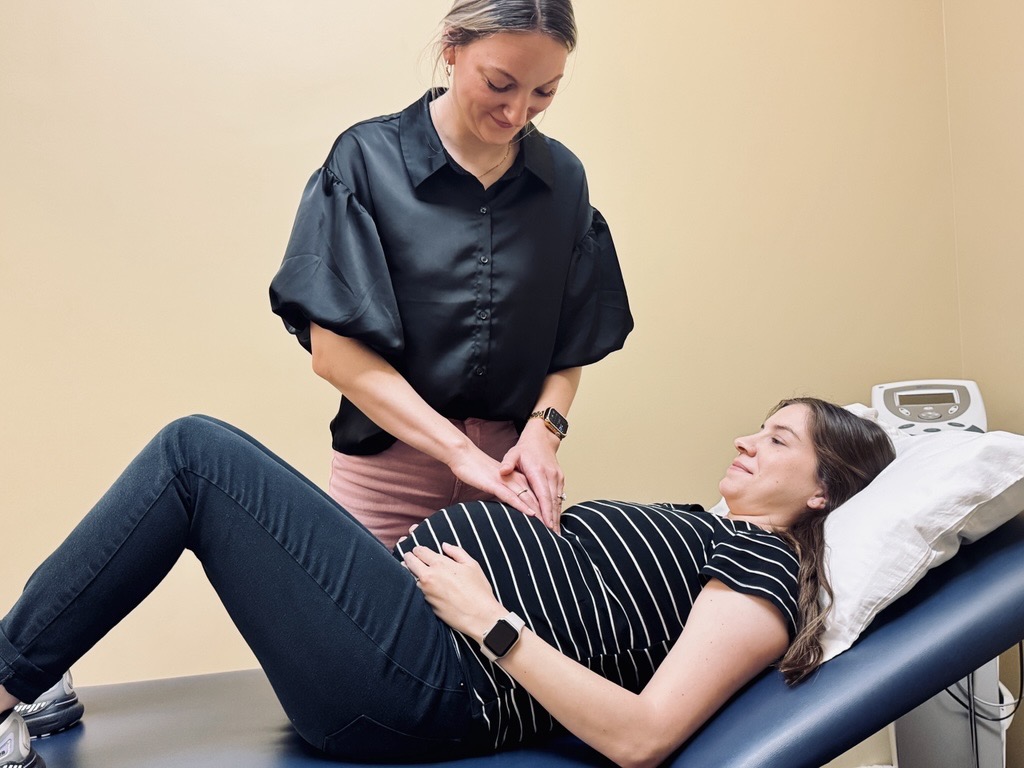You probably brush your hair, and your teeth but do you brush your skin? And why would you?
Dry Brushing for Skin
This practice has been gaining popularity lately and with good reason. You can now find “dry brushing” as an offering on the menu at spas in hotels. Dry brushing is a type of Ayurvedic medicine that has been around for centuries. It’s believed to have many health benefits. Some of the benefits may include:
- stimulating the lymphatic system
- exfoliating the skin
- helping the body rid itself of toxins
- increasing circulation and energy
- exfoliation
- helping to break down cellulite
So what is it & why should you consider doing it?
Dry brushing is exactly what it sounds like… brushing the skin in a particular pattern with a brush with coarse, natural-fiber bristles, usually before showering.
In dry brushing, the skin is typically brushed toward the heart, starting at the feet and hands and brushing toward the chest.
The idea is that the coarse fibers will help to remove dead skin and improve the skin’s ability to eliminate toxins through the pores. It may also help you relax. There’s little data to support the benefits of dry brushing, but for most people there’s also little harm in practicing dry brushing.
Benefits of Dry Brushing
1. Lymphatic Support
The lymphatic system is a major part of the body’s immune system. It is made up of organs and lymph nodes, ducts, and vessels that transport lymph throughout the body. Many of these lymph vessels run just below the skin. Proponents of dry brushing claim that brushing the skin regularly helps stimulate the normal lymph flow within the body and helps the body detoxify itself naturally.
2. Exfoliation
This benefit is often noticed the first time a person dry brushes. The process of running a firm, natural bristled brush over the skin helps loosen and remove dead skin cells, naturally exfoliating skin. You should notice less dry skin and much softer skin in the first few days and weeks after dry skin brushing.
3. Clean Pores (& Smaller Pores!)
The added benefit of exfoliating the skin is clearing oil, dirt, and residue from the pores. Use a smaller, gentler dry brush for the face (don’t use the stiffer body brush here… ouch!). Benefits include softer skin and pores that are much less noticeable.
4. Reduces Cellulite
Though the evidence is anecdotal, there are many accounts of people who claimed that regular dry brushing greatly helps to reduce cellulite. Massage has been shown to temporarily reduce the appearance of cellulite. Some claim that dry brushing can reduce the appearance of cellulite because it has similar effects on the body as massage. There isn’t much research to back the cellulite claims, but dry brushing feels great and makes skin softer, so there isn’t really any downside to trying it!
5. Natural Energy Boost
Dry brushing always can give a natural energy boost. For this reason, it is not recommended to dry brush at night but it is great in the morning. One theory is that because it increases circulation, it also increases energy. Either way, it is a great part of a morning routine.
Selecting a Dry Brush
Use a firm, natural bristle brush with a long handle, which will allow you to reach your entire back and easily brush the bottom of your feet and the back of your legs. You should be able to find a brush for less than $10. Dry brushing kits are also available, though these are more expensive.
This set of brushes may be good for you as a beginner because it includes a face brush and two body brushes with different firmness.When you first start dry brushing, your skin can be more sensitive and you may prefer the softer one, and then as you become accustom you may prefer the firmer brush. With the set, you have options.
How to Dry Brush: The Method
Dry brushing can be done daily over the whole body, preferably in the morning before showering. Start with a gentle brush and soft pressure. Work up to a firmer brush and more firm pressure over time.
Here’s How to Dry Brush the Skin:
- Starting at the feet, brush the bottoms of your feet and up the legs in long, smooth strokes. Brush each section of skin 10 times. For lymph flow, always brush toward the heart/chest area where the lymph system drains.
- As a good rule of thumb, always brush toward the center of the body.
- Repeat the same process with the arms, starting with the palms of the hands and brushing up the arm toward the heart. Again, brush each section of skin 10 times.
- On the stomach and armpits, brush in a circular clockwise motion.
- Repeat the process on your abdomen and back, and then switch to your face with the more delicate brush.
- Brush your skin using wide, circular, clockwise motions.
- Use light pressure in areas where your skin is thin and harder pressure on thicker skin, like the soles of your feet.
- After dry brushing, take a cool shower to help remove the dry skin.
- After your shower, dry off and then consider adding natural plant oil, such as olive or coconut oil, to moisturize your skin.
Note: Don’t brush too hard! A soft and smooth stroke often works best. Your skin may be slightly pink after brushing, but it should never be red or sting. If it hurts at all, use less pressure!
Make sure you rinse your brush after you have completed your brushing routine. Dry it in an open, sunny area to prevent mildew. Clean your brush once a week using soap and water. You should also avoid sharing your brush with anyone. This can help prevent the risk for infection.Replace the brush every 6-12 months as the bristles will eventually wear out.
But, Does Skin Brushing Actually Work?
Here’s the thing:
It isn’t meant to be a medical treatment and shouldn’t be considered one. Dermatologists also claim that cellulite is genetic and that there is no cure.
There is only anecdotal evidence from a large holistic community of people who do it regularly and say they see and feel positive results. Sometimes, “word of mouth” about someones else’s good results is the only evidence you need.
What the Scientific Evidence Says…
The evidence is divided and several sources point out the obvious fact — there have not been any specific scientific studies about dry brushing. Much of the evidence, especially relating to the cellulite benefit, is anecdotal and much more research would be needed before dermatologists would consider it a legitimate medical treatment.
Supporters of dry brushing claim that it can stimulate the lymph system, help the body rid itself of toxins and increase circulation or energy. Even dermatologists agree that gently brushing the skin does have exfoliating benefits and may go beyond skin care by stimulating the body in a way similar to massage, which certainly does have well-documented benefits.
I’m not completely sold on all of those benefits, but this definitely falls in the “can’t hurt” category, with one exception…
A Warning for Sensitive Skin
Avoid sensitive areas and anywhere the skin is broken. These include areas with:
- rashes
- wounds
- cuts
- infections
Also, never brush an area affected by poison oak, poison ivy, or psoriasis. Don’t dry brush your face unless you’re using a softer brush made for that purpose.
Always, pay attention to what works for you and your body. If you have sensitive skin or a history of eczema or other skin conditions, this is one health habit you may want to skip.
Still, as long as you don’t ignore warning signs like discomfort, itchiness, redness, or even pain, done the right way a dry brushing session should benefit most people. Avoid sensitive areas, don’t use overly firm bristles, and stop if bothersome symptoms occur.
The Takeaway on Dry Brushing
There’s little scientific evidence to support the benefits of dry brushing. For most people, however, there’s little risk. If you’re interested in dry brushing, you can purchase a brush and try it at home.
Have you ever dry brushed? Will you try it? Let us know in the comments!
**This is not personal medical advice and we recommend that you talk with your doctor before trying dry brushing.




